YYYYMMDD >>> BACK HOME <<< >>> SELECTED FEATURES <<< >>> HIDDEN ARCHIVE <<<
[20230217]
MOTOBODY.ZIP with works by DIANA BARBOSA GIL, FRANCISCO NARCISO, FRANCISCO TRÊPA, GABRIEL RIBEIRO, MANON HARROIS, MANUEL TAINHA, MIA DUDEK, NÁDIA DUVALL, PAULINE GUERRIER and TOMÁS JONES at GALERIA FOCO curated by EVA SLABÁ [from 20230126 to 20230304]
[Photos: photodocumenta]
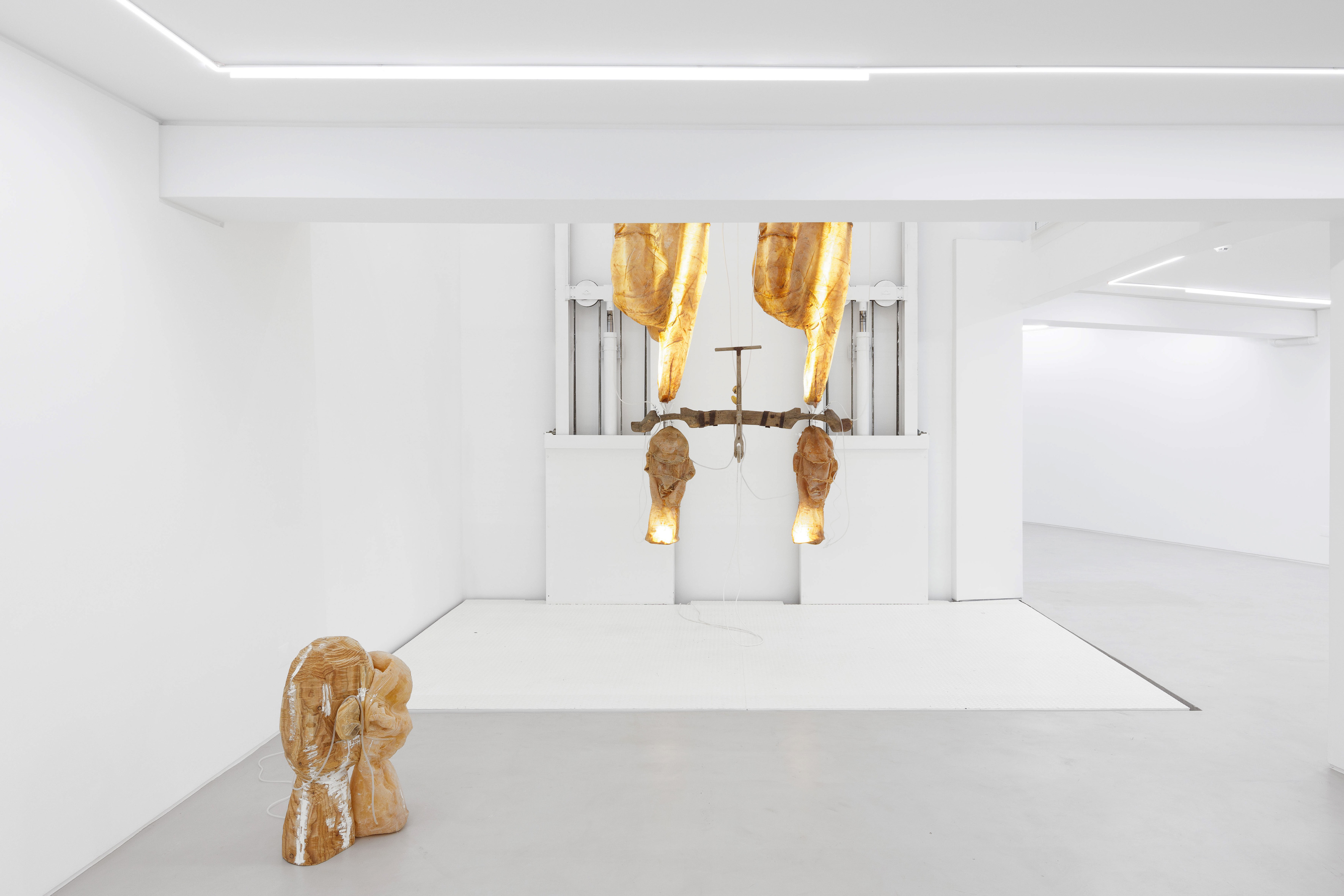

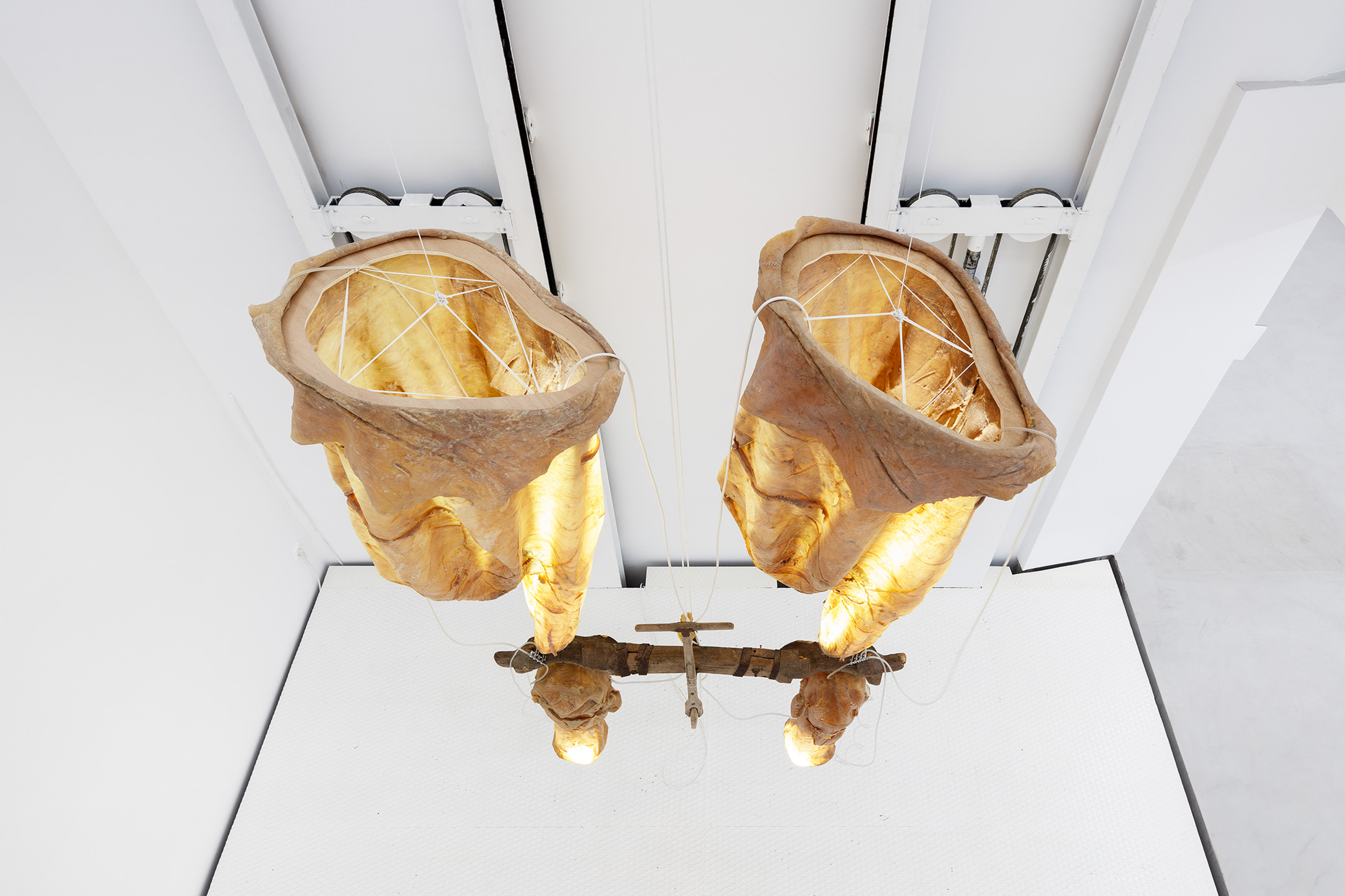





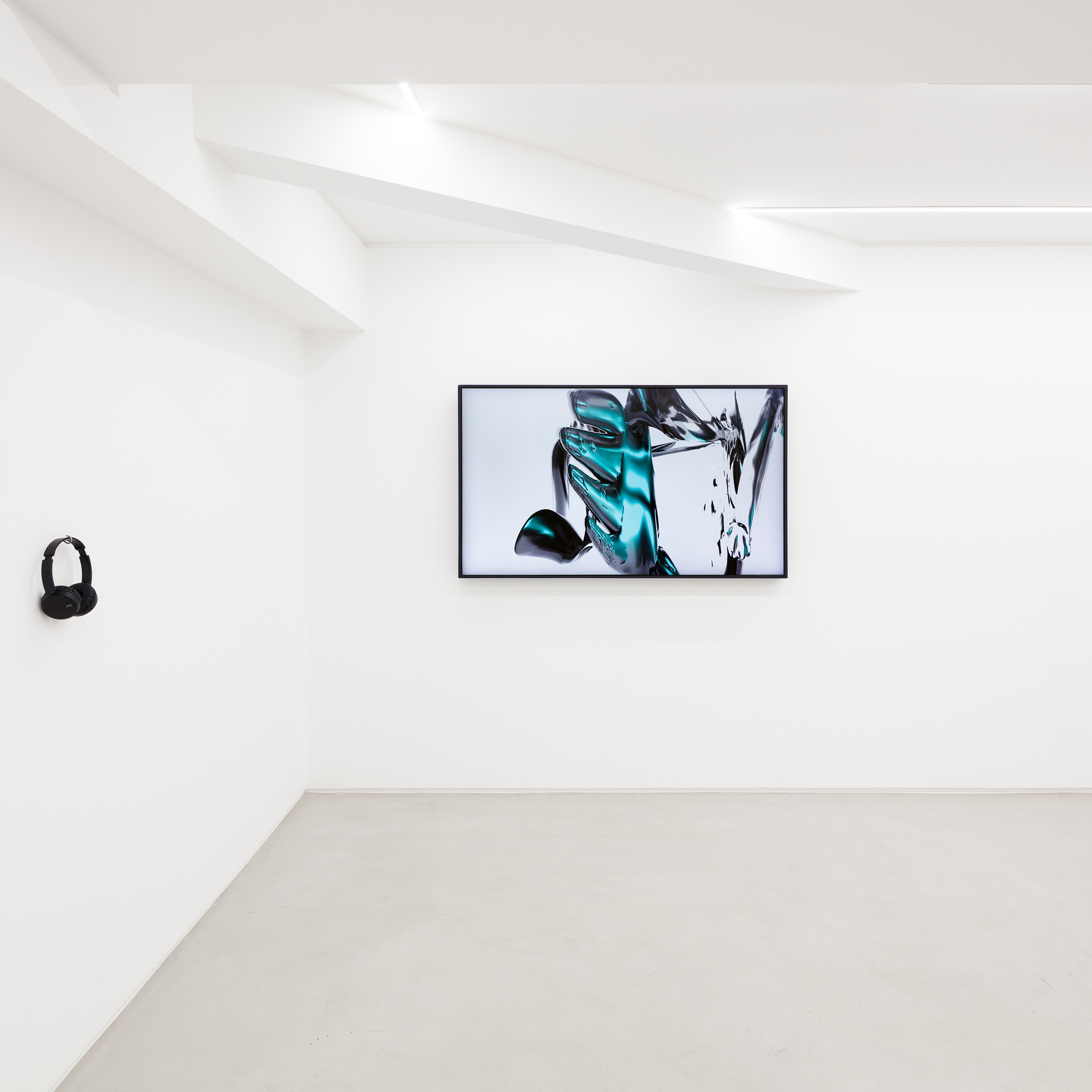
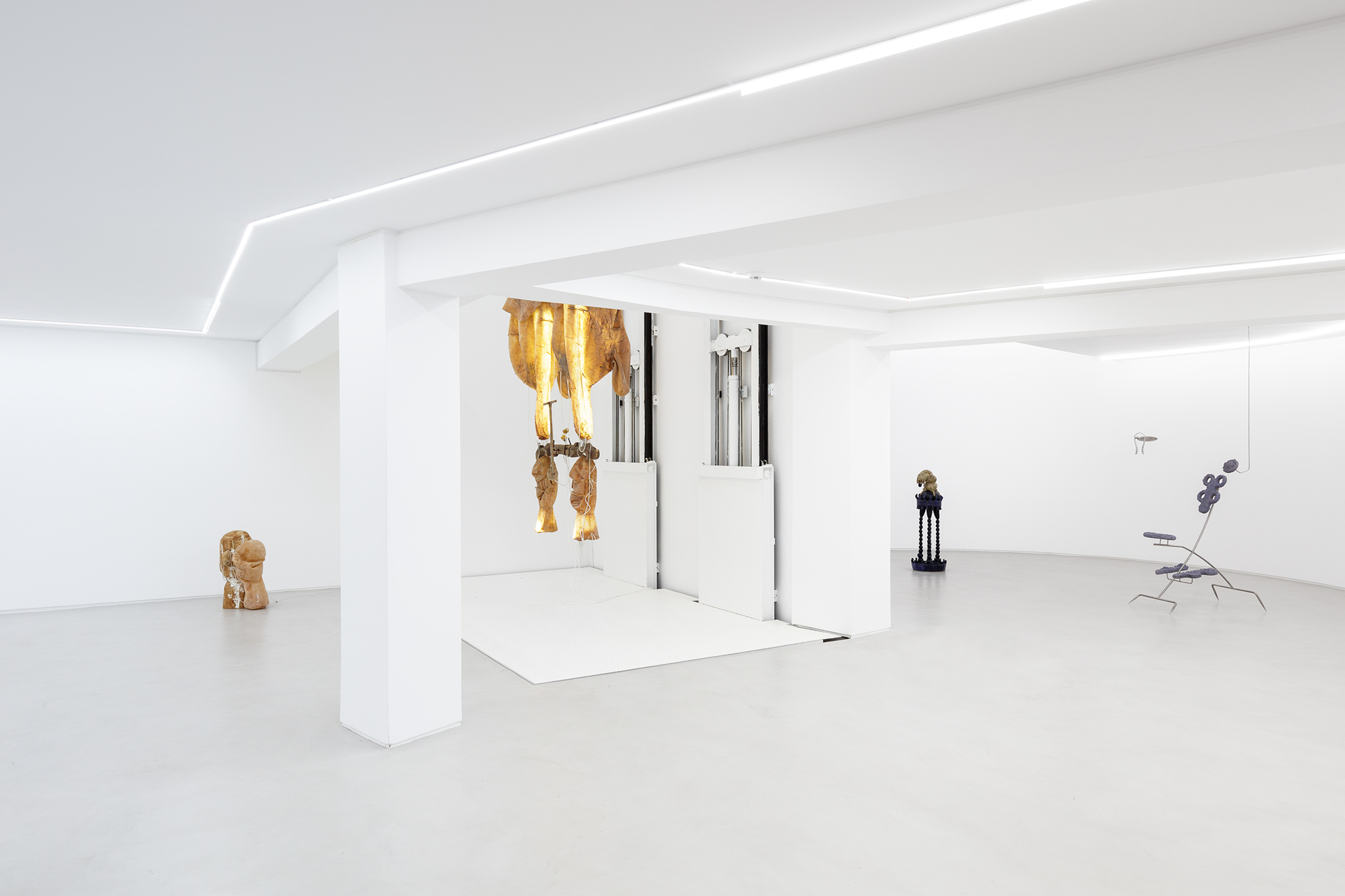













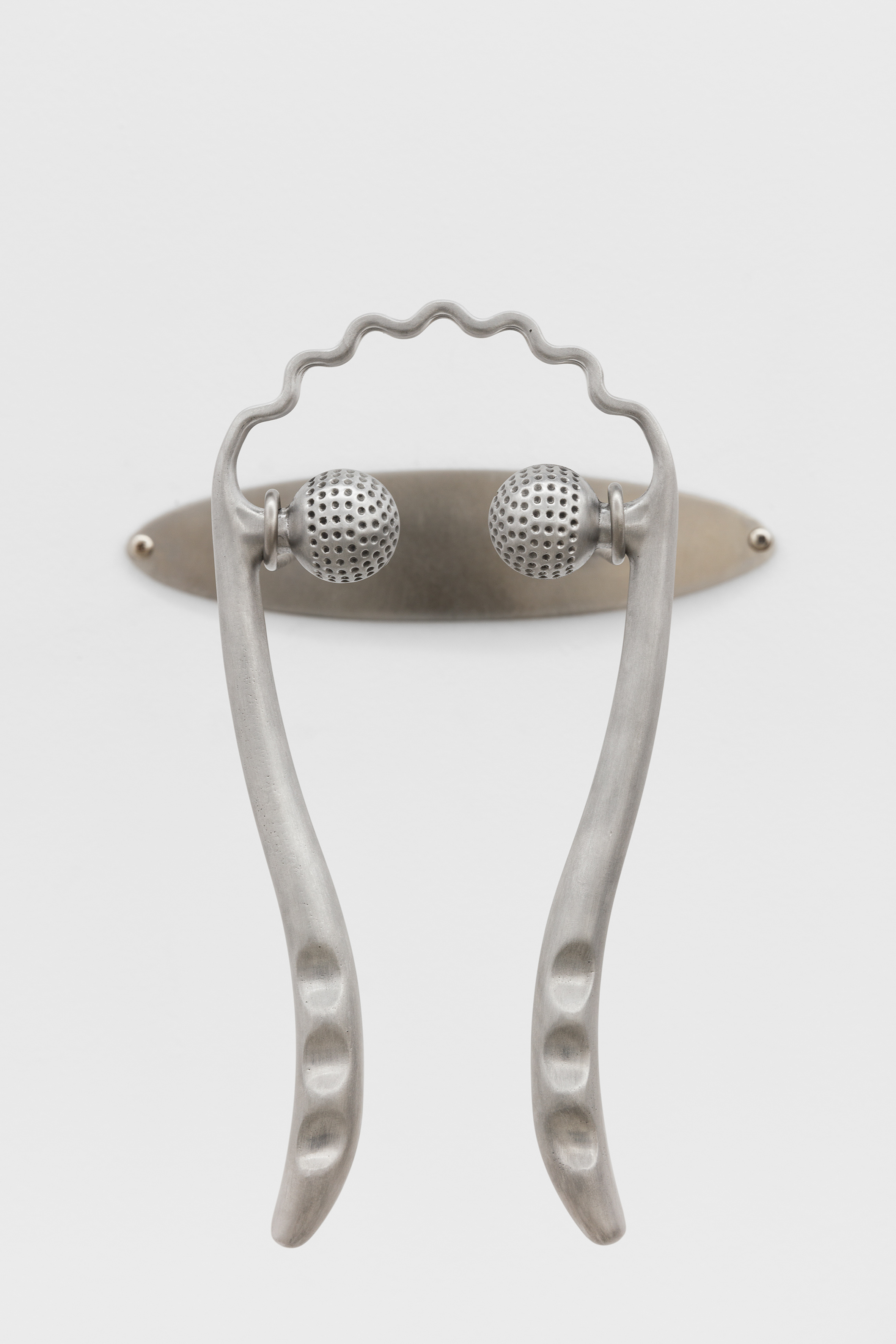





Just as the space of the former car showroom and repair shop was once used to exhibit and work with the technical innards of vehicles, this winter, from January to March, Galeria Foco is transformed into an experimental space for presenting various ways of exploring the body and, by extension, the mind – psychosomatics as the backdrop for the exhibition project.
The two floors connected by a car lift host ten international artists whose works feature contemplative, exploratory, imaginative or performative acts of passage into, through or, in some cases, out of the human body. The technicality of the space encourages the artworks to be situated as the results of intimate explorations using a wide range of media: on the one hand, there are pieces that operate with specific body parts or organs, and on the other hand, pieces that deal with the theme of the body on a more subliminal basis; that means with references to innovation, technology, mutations or, on the contrary, a return to ahistorical, naturally valid, gestures.
Corpoliteracy (or reading the body) is interested in the way in which value systems, social practices and mechanisms that lead to attributions, constraints and exclusions emerge. As philosophical anthropologist Francois Flahault points out – the tension of perceiving one’s own body is created between our desire for absolute self-affirmation and the fact that each of us can only exist through mediation by others. However neuroscience has in recent decades emphasised a new view of the kinship between mind and body. Specific neurotransmitters carry emotional messages that alter the chemistry of the body’s cells, meaning that what happens in mental states also happens in the physique. This new bodily grammar could thus constitute a different kind of awareness of the body, a corporeal awareness.
In these assumptions, the artworks are seen as acts of translating corporeal awareness into words (.txt), into sounds (.mp4), into images (.jpg), into videos (.mov), into objects (.fbx), into space (.dwg), into arrangements (.pdf). In the same way that the internal parts of a car resemble the human body, where one component is both primarily essential and a transformer of another, the artworks in this exhibition project figure as literal and metaphorical forms that invite the visitor to be plugged into the same circuit; a network of relationships. One’s own bodily experiences and narratives serve as fertile ground from which grows the quest – a questioning of the raw/staged,private/public, unique/common. Motobody.zip as the materialisation of one of the possibilities of how to represent the human bodily condition in contemporary life.
Let us therefore turn to the sensory and intimate archives of our own bodies.
What happens when these individual archives meet?
What happens when different human bodies hum together?
Let that engine of yours roar.
[Text: Eva Slabá]
©YYYYMMDD All content and design by Daniela Grabosch + Ricardo Almeida Roque unless otherwise stated. Images, Videos and Texts can only be used under permission of the author(s).